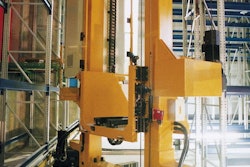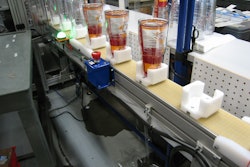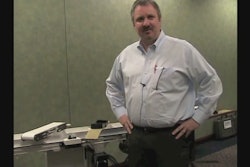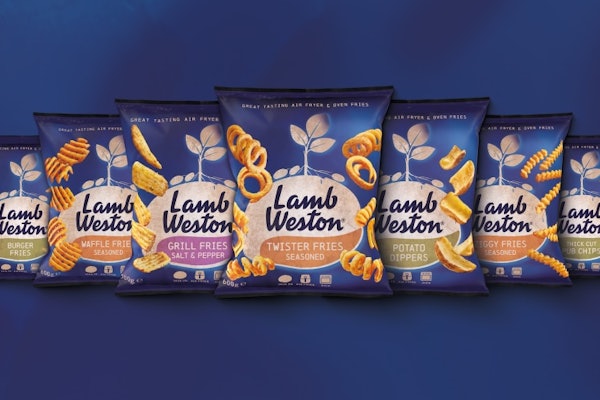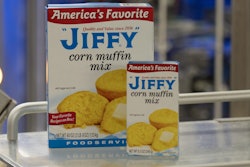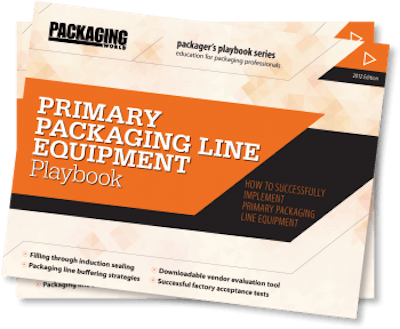
1. Buy the conveyor pre-integrated. When considering a new line, it’s often smart to buy the conveyor as part of the machine. If you’re buying a packaging machine as a replacement, it might be tempting to retain the old conveyors, but be aware that the match might not be optimal, especially at transfer points. If the machinery builder supplies the conveyor already integrated, it reduces installation costs (versus purchasing a separate conveyor), installation time, and line commissioning of I/O devices. This will also ensure that no stand-alone control cabinet is required and that all variable frequency drives (VFDs) and devices, and the power panel and PLC control panel are assembled onto the conveyor legs and frame. All the information will show up on one screen—motors, alarms, and controllers—making things simpler for the operator, technicians, and engineering staff.
2. Understand how your containers behave. You need to consider package geometry, center of gravity, and mass when specifying conveyors. For example, empty PET bottles act differently under pressure compared to filled bottles; hence the conveying and container handling has different requirements on different stages of the line. Fully understanding your package geometry can also help you avoid excessive back-pressure. When you’re feeding a product, excessive back-pressure can force a package into a machine before it is ready. Whether you’re feeding, sorting, or unscrambling, back-pressure values are all dependent on the dimensional stability of the package; so, you need to completely understand your package or container spec when asking a vendor to design a starwheel or a timing screw around the package. Everything depends on form and shape. Starwheels are good for certain shaped containers, whereas timing screws are often better for rounded containers.
3. Realize that it’s all about control of the container. Conveying is rarely, if ever, just free-flowing product or containers. Proper spacing, position, and orientation must be maintained. The goal is to ensure that product flow can take place within a given footprint. Conveying is not just a means to get something from one machine to the next. You must understand what the next machine can handle. You need to understand the following:
• Whether container control may best be achieved by single-file or mass conveying
• How many lanes should be used
• Where is the optimal speed
• How to maintain control at the desired speeds with an unstable container
• Whether the container needs to be controlled by the neck or the base
• Whether or not control can be maintained if something downstream breaks and conveying systems stop
• Is there adequate clearance and access to easily clear a conveyor of jams? Or will things slam into each other, lock up your machines, and stop your line? Slower speeds may mean a higher chance of success.
4. Carefully consider unique features and options. Some conveyor manufacturers offer a simplified change of direction, having integrated features into conveyors that turn packages at a 90-degree angle. It’s done with rollers in the conveyor mat top, and you can adjust the direction of the turn to your specific floor space. Similarly, some engineers prefer to have VFDs on every conveyor. It’s a great feature, but sometimes that extra hardware is an unnecessary expense. Depending on your product, some things will never need a change in speed. Think about whether the extra VFDs just add unnecessary complexity, or are worth it for future flexibility.



